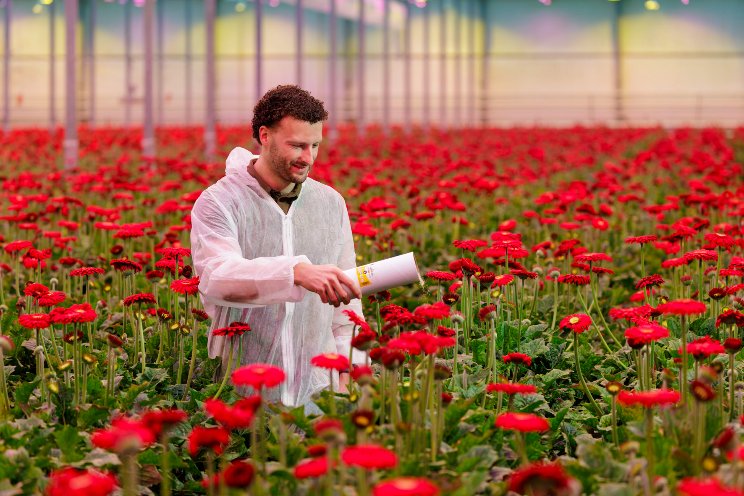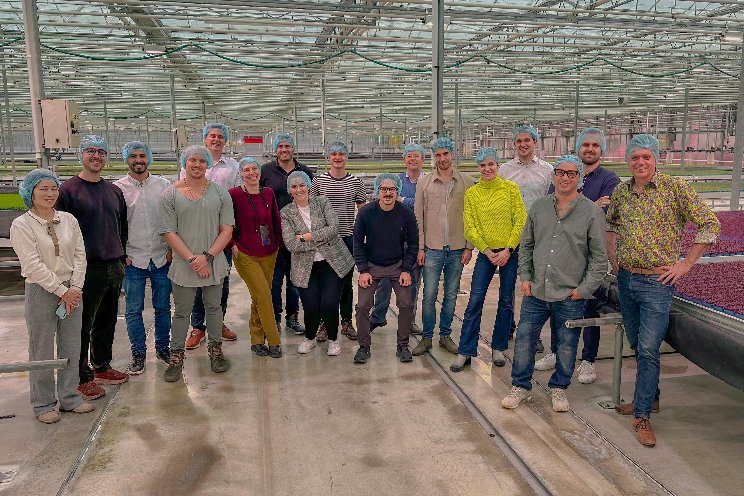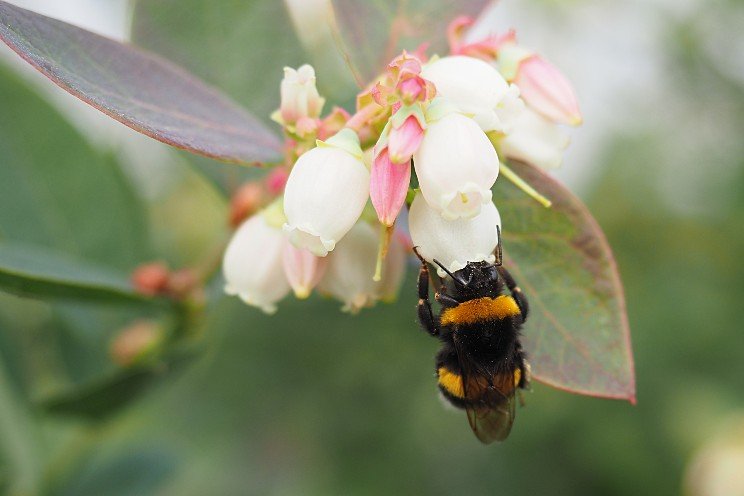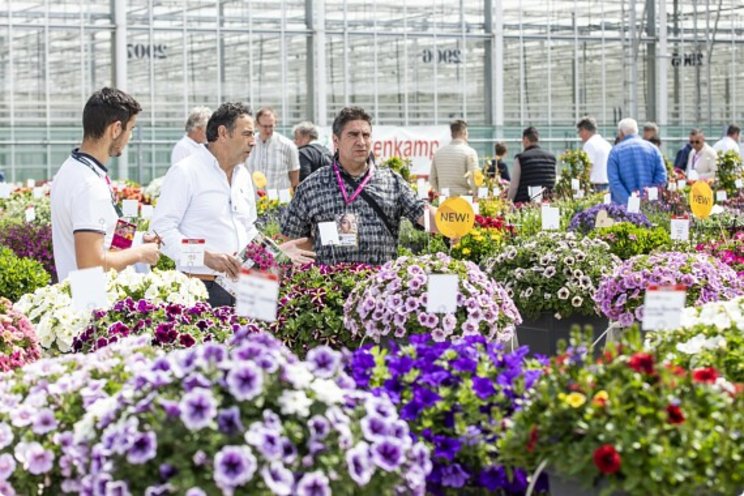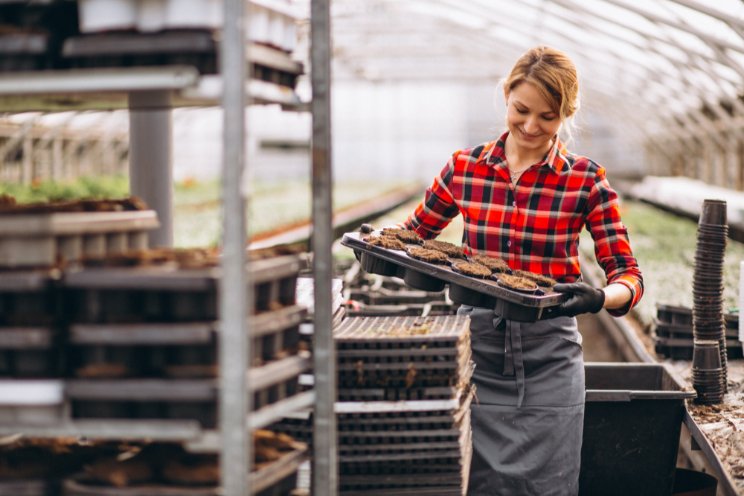Virginia's vision for CEA
Added on 19 September 2024
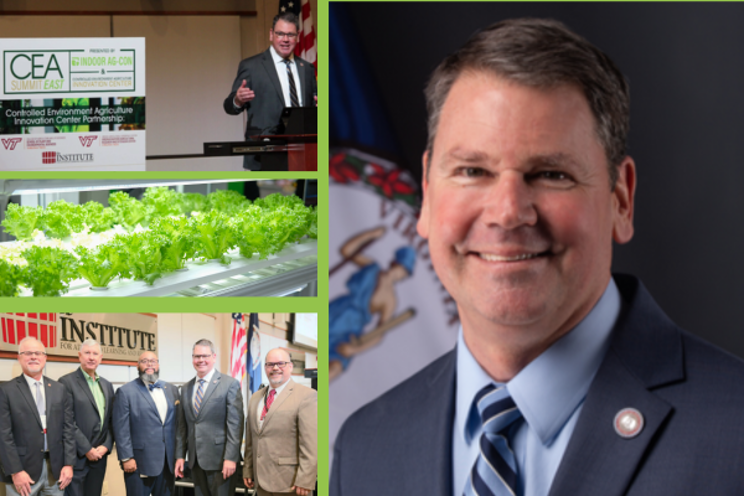
To set the stage for the upcoming CEA Summit East in Danville, we talked with Matthew Lohr, Virginia’s Secretary of Agriculture and Forestry, to explore how the Commonwealth is fostering innovation and growth in the controlled environment agriculture (CEA) sector. From innovative workforce development programs to forward-thinking policies, Secretary Lohr shares insights into the state’s strategic initiatives under Governor Glenn Youngkin’s administration. With a commitment to both traditional agriculture and CEA, he discusses the synergies between these sectors and the exciting opportunities ahead for the Commonwealth’s agricultural future.
Virginia has positioned itself as a leader in controlled environment agriculture (CEA). What key factors do you believe have contributed to this success, and how do you see the state continuing to support the growth of this industry?
Over the last decade, Virginia has been actively engaged in controlled environment agriculture (CEA), but it was our current governor Glenn Youngkin who elevated CEA as a top priority of the administration. Our mid Atlantic location is key, giving us the ability to reach two thirds of the U.S. population within a two-day drive.
As agriculture constantly evolves, the innovative technologies of CEA engage a new generation of farmers and agriculturalists. Virginia has embraced this evolution and has seen tremendous growth by capitalizing on a broad based, bipartisan support from both local and state officials. We have championed successful changes in tax policy the last two years that have attracted CEA companies. Virginia is also uniquely investing in financial incentive programs from TWO state agencies; the Virginia Economic Development Partnership (VEDP) and Virginia Department of Agriculture and Consumer Services (VDACS). We provide top-notch industry driven research led by the CEA Innovation Center in Danville. Finally, Virginia is deeply engaged with middle school, secondary and post-secondary levels of education to develop broad based, technical curriculums focused on CEA and other agricultural technologies.
With your background in both traditional farming and CEA, how do you view the role of indoor agriculture in the broader agricultural landscape of Virginia? What synergies do you see between these two sectors?
As a 5th generation poultry and livestock farmer, I have been very engaged in traditional agriculture my entire life. Here in Virginia, agriculture is our largest industry and represents an annual economic impact of over $82 billion. I see the CEA industry not as competing with our traditional farms but as supplementing our growth and success. The vast majority of all leafy greens and vegetables are grown on the west coast and in the deep south, not in Virginia. CEA opens the door for a whole new generation of people interested in growing food to get involved. Especially in non-traditional urban growing areas across the state.
More news
